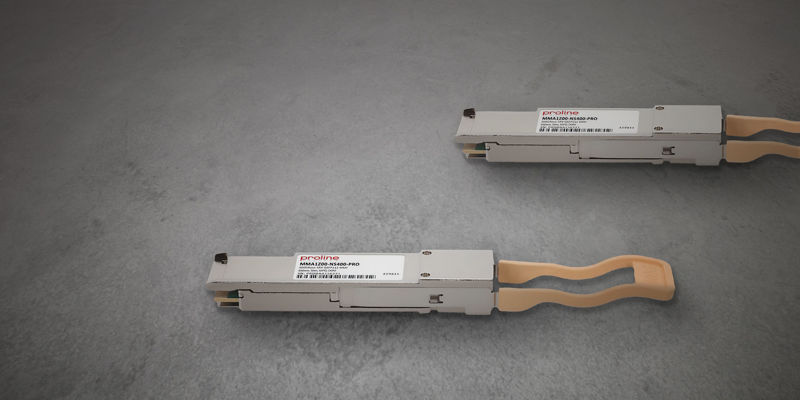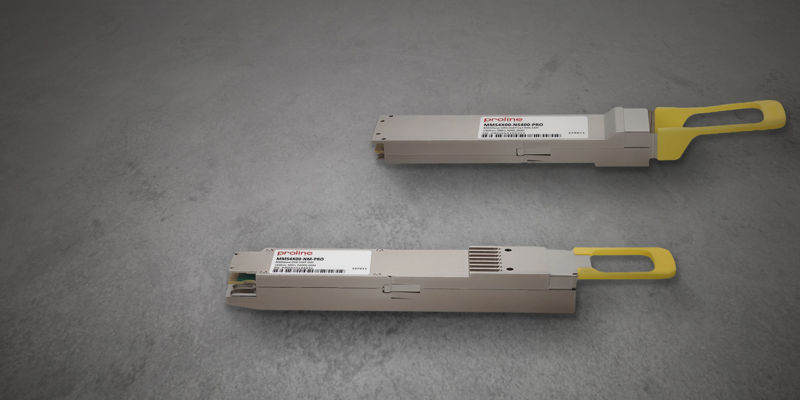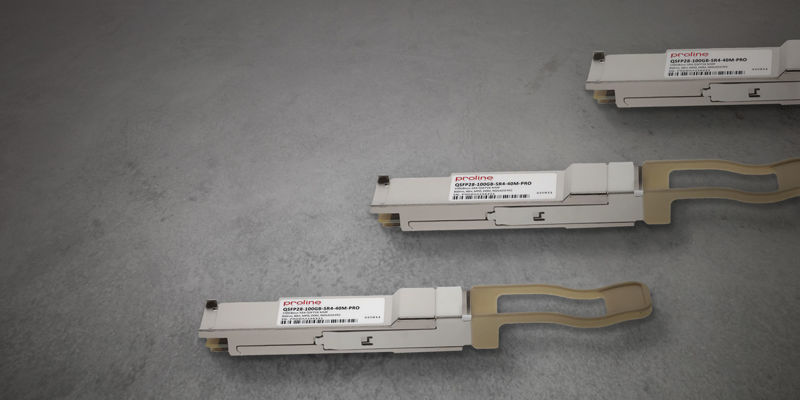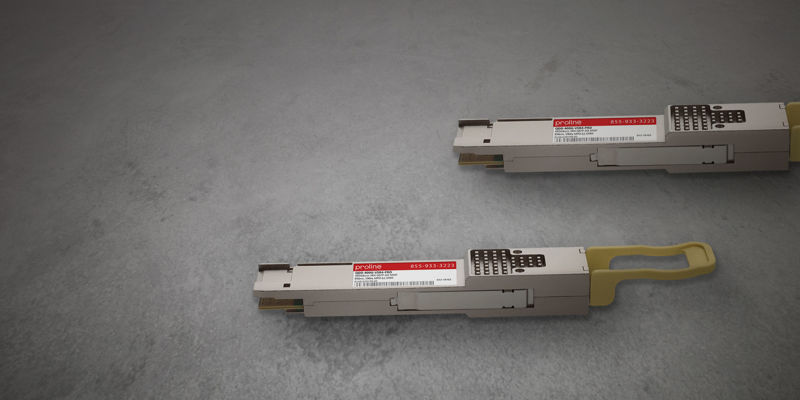With healthcare facilities globally experiencing record-breaking pandemic-led demand for services, delivering fast and accurate care has become paramount. Fortunately, digitalizing patient and treatment records has minimized patient wait times and maximized treatment efficiency without degrading quality of care.
But for many hospitals, their outdated or insufficient connectivity hardware has remained a pain point.
Analyzing network capabilities to eliminate these problem areas has led decision makers to recognize overspending on underperforming OEM transceivers connecting the IT systems they rely on. In many cases, optical components from major OEM vendors like Cisco or HP led to higher costs even than the computers, servers, and storage devices themselves.
Even so, the need for high power fiber transceivers to communicate securely, reliably, and quickly cannot be ignored.
Working with a provider like Proline who offers plug-and-play connectivity solutions with equivalent interoperability, full feature compatible coding, and performance at a fraction of the OEM prices can relieve these overworked systems while avoiding CAPEX overages.
Here are our top solutions we recommend for the five critical healthcare network-supported systems:

1. Electronic Medical Records (EMR)
EMRs are records of patients’ healthcare status, history, diagnoses, and assigned treatment. Ensuring doctors and nurses have 24/7/365 access to EMRs is essential to effective and safe evidence-based care.
Recommended Upgrades:
- Deploy 10G & 25G short-reach transceivers for speed and security to the local access networks connecting medical office devices to the transport network.
- Enhance interfacility and interdepartmental transport network performance with high-speed intermediate reach 25G, 40G, 50G, or 100G transceivers.
- Utilize CWDM/DWDM transceivers and multiplexers to optimize high traffic fiber to mass storage data centers by condensing multiple discrete signals into single high-speed, data-dense, efficient package.
2. Health Information Exchanges (HIE)
With the cooperation of primary care and referred specialists, care is rarely administered alone in the modern ecosystem. The successful digital exchange of EMRs in a secure but accessible manner between facilities enhances and expedites successful prognosis and treatment, no matter where the patient is seen.
Recommended Upgrades:
- Upgrade to high-speed intermediate reach 25G, 40G, 50G, or 100G transceivers for enhanced interfacility transport network performance.
- Utilize CWDM/DWDM transceivers and multiplexers to optimize high traffic fiber to mass storage data centers by condensing multiple lower data rate signals into single high-speed, data-dense, efficient package.
3. Patient Reported Outcomes (PRO)
Documenting treatment outcomes improves speed and accuracy of future diagnoses/treatments for providers, as well as enables more complete care to current patients. A strong data pipeline provides 24/7/365 availability for patient reporting, resulting in better clinical, data-driven efficiency assessments.
Recommended Upgrades:
- Upgrade to high-speed intermediate reach 25G, 40G, 50G, or 100G transceivers for enhanced inter-facility transport network performance..
- Utilize CWDM/DWDM transceivers and multiplexers to optimize high traffic fiber to mass storage data centers by condensing multiple lower data rate signals into single high-speed, data-dense, efficient package.
4. Activity Based Costing (ABC)
While quality of care and favorable patient outcomes are priority, accurately recording and communicating cost by activity is equally important to successful healthcare facility operation. A reliable high speed transport network ensures cost and margin calculations are accurately data-driven.
Recommended Upgrades:
- Deploy 10G & 25G short-reach transceivers for speed & security to the local access networks connecting medical office devices to the transport network.
- Upgrade to high-speed intermediate reach 25G, 40G, 50G, or 100G transceivers for enhanced inter-facility transport network performance.
- Utilize CWDM/DWDM transceivers and multiplexers to optimize high traffic fiber to mass storage data centers by condensing multiple lower data rate signals into single high-speed, data-dense, efficient package.
5. Enterprise Data Warehousing (EDW)
All of the above systems involve the exchange of data from the hospitals and medical offices to server farms or mass storage facilities securely housing these records. Housing centrally has major operational and ROI advantages, however, a robust network is needed to support all needed interconnects.
While local access network upgrades are important for local data transmission, the transport network connecting the access site to the data storage must also maintain high speed and reliability.
Recommended Upgrades:
- Leverage 10G, 25G, or 40G short-reach transceivers to improve speed and bandwidth for data center interconnects and rack-to-rack links.
- Simplify multi-OEM environments and rack-to-rack links with uniquely coded DACs, AOCs, and OM4/OM5 patch cable solutions.
- Avoid data bottlenecks and maximize per fiber value with high-speed, long reach (up to 40 km) 100G and 200G CWDM transceivers and multiplexers.
- Send critical signals extreme reaches (up to 80km) using either amplified (100G/200G coherent CFP2) and non-amplified (100G ZR4) transceiver solutions.
Arm your healthcare providers with the latest tech and info in their battle for wellness.
Contact us to expertly scale your network today.
Your fiber optic solution is here
Explore the benefits of working with us. Get started today!





